Notes
Echo of the Bomb in Photos of Obama’s Visit to Hiroshima
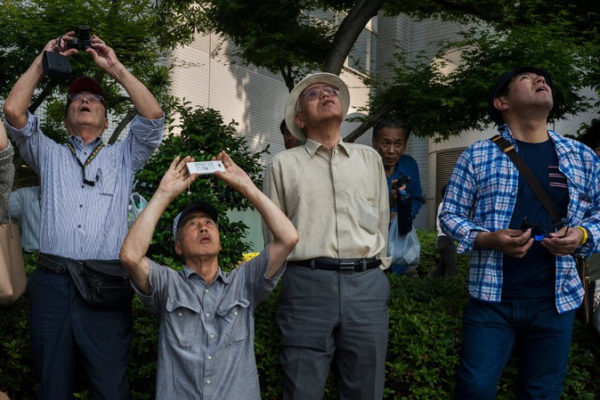
If all you saw were the most popular news photos of Obama’s historic visit to Hiroshima — the first by an American president — it would seem quite straightforward and heartrending. The most popular picture by far, one that became a news story in itself, involved the photo at of bomb survivor at the memorial hugging the president. The particulars were even more favorable to a U.S. audience as the man, Shigeaki Mori, spend years researching the names of American POW’s secretly held in Hiroshima who were also eviscerated.
That photo, though, doesn’t pick up on the delicate politics surrounding the event (don’t go; go, but no apology; advocate for disarmament and peace, but don’t bother about the slow progress on nuke reduction, greater military ties with Japan, or the just completed arms deal with Vietnam). All this careful stepping seemed to belie the intensity and the pain attached to the visit. Beyond the photos of Obama at the memorial, it felt like the horror, grief, memory and subordination was informing, if not creeping into the other images.
Take Adam Dean’s picture for the New York Times, for example. On the one hand, it’s the most straightforward image, using citizens to register the presence of a helicopter along Obama’s motorcade route. On the other hand, the simple construction of Japanese looking skyward in awe can’t help but echo the awesome and unfathomable hell-rain from the sky on August 6th, 1945.
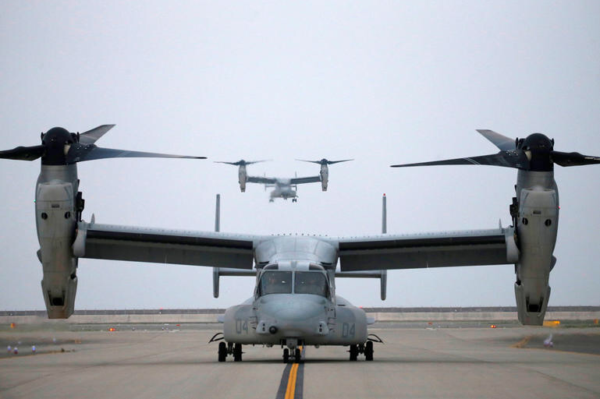
This is a cousin of the Dean photo. Here, we see U.S. military aircraft at an airfield near the peace memorial ferrying American press and delegates. Given the vividness of the chain of events, however, it doesn’t take much to conjure these aircraft as descents of the notorious B-29.
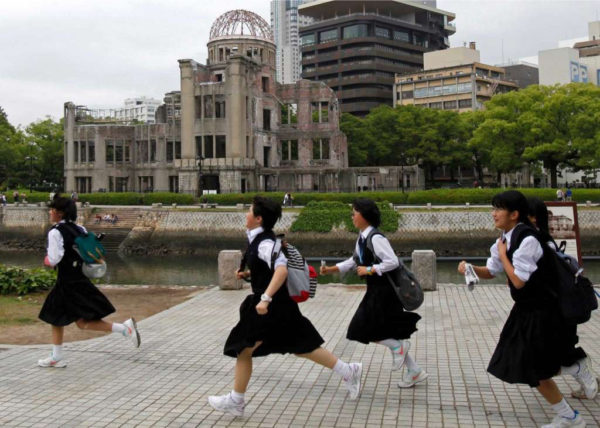
Most of the wire photos either setting the scene, or recording Obama’s actual visit to Hiroshima, capture and pivot off Japan’s infamous ruin, the Atomic Bomb Dome. The dome, or the Hiroshima Peace Memorial, was the only building at the epicenter to survive the detonation. The caption of this picture ties an everyday moment in front of the monument to the pending visit of the American president. With that linkage established, however, the freighted visit hanging in the air, you can hear the warning siren on an unearthly day in 1945, and imagine these girls running for their lives.
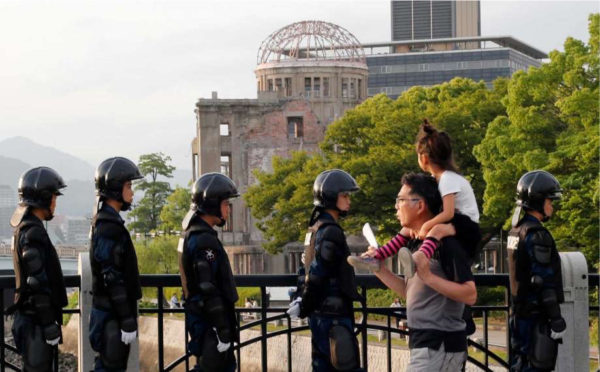
I included this photo because, in contrast to the others, it manages to address the present in the context of the past. Defying the aspirations of remembrance, it speaks to the fragility of peace in the seventy years since the attack. If Hiroshima and Nagasaki are the only instances to date of the wartime use of nuclear weapons, the scene of riot cops in the shadow of the dome speaks to the eternal challenge up to the moment of maintaining civil society.
(photo 1: Adam Dean for The New York Times. caption: Photographing a helicopter along the route of President Obama’s motorcade in Hiroshima, Japan, on Friday. photo 2: Carlos Barria/Reuters. caption: U.S. MV-22 Osprey aircrafts carrying U.S. delegates and press members are seen at an airfield near Hiroshima Peace Memorial Park and Museum after U.S. President Barack Obama visited the park in Hiroshima, Japan, May 27, 2016. photos 3 and 4: Shoji Kajiyama/AP. caption 3: Schoolgirls run past the Atomic Bomb Dome at the Hiroshima Peace Memorial Park in Hiroshima, southwestern Japan, Thursday, May 26, 2016. U.S. President Barack Obama is to visit Hiroshima on Friday, May 27 after the Group of Seven summit in central Japan, becoming the first serving American president to do so. caption 4: With the Atomic Bomb Dome as a backdrop, passers-by move past riot police near Hiroshima Peace Memorial Museum in Hiroshima, southwestern Japan, Thursday, May 26, 2016. U.S. President Barack Obama is to visit Hiroshima on Friday, May 27 after the Group of Seven summit in central Japan, becoming the first serving American president to do so.)
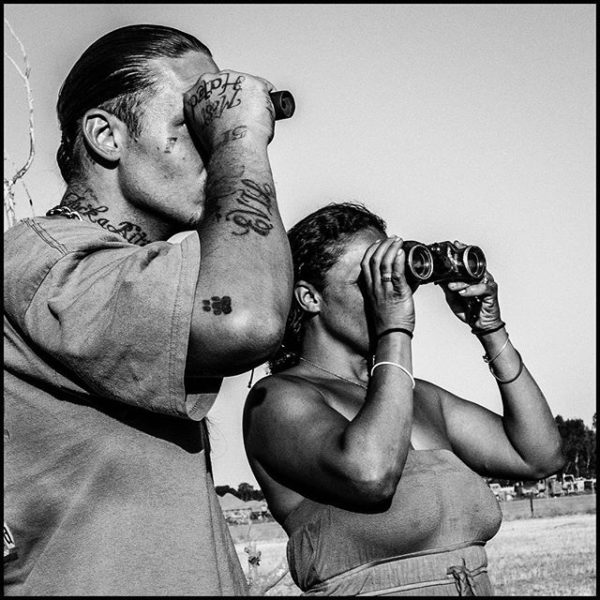
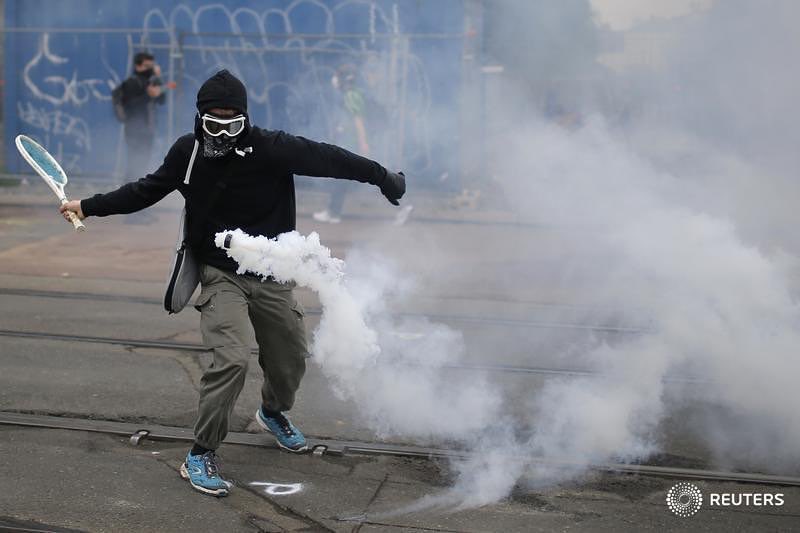
Reactions
Comments Powered by Disqus